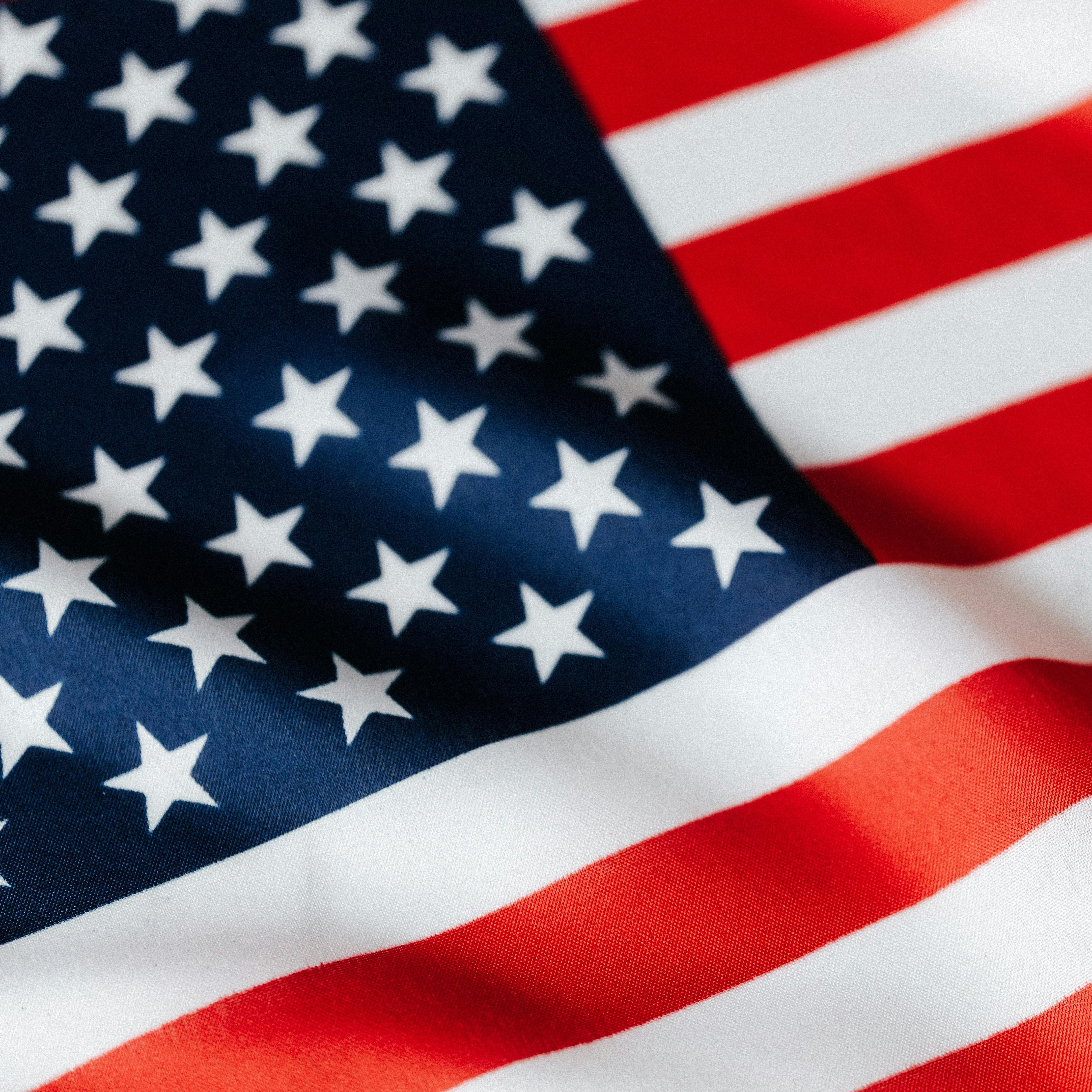
Sports Illustrated Breaks New Ground: A New Normal?
Sports Illustrated has made headlines with its latest swimsuit edition, featuring Lauren Chan as the first plus-size, queer Chinese model. While this move seems progressive, it raises significant questions about our evolving perception of beauty and how it corresponds with societal values. Targeting a mainstream audience, including conservatives, this cover sparks debate about what constitutes beauty and whether traditional standards should be challenged.
In 'Sports Illustrated's new WOKE cover,' the discussion dives into the implications of featuring Lauren Chan, sparking a broader analysis of beauty standards and media representation from a conservative perspective.
Challenging Traditional Beauty Standards
By placing someone who diverges from the conventional image of beauty on its cover, Sports Illustrated is stating a clear intention: to dismantle existing beauty ideals. This approach, however, has met with mixed reactions. Critics argue that such moves could detract from principles of meritocracy and the celebration of physical fitness. As the publication aims to appeal to a diverse audience, it raises the question: Is it empowering or patronizing to present a model who represents a departure from the usual standards of beauty?
The Rise of Inclusivity in Media
The inclusion of diverse representations in media is a trend that resonates with younger generations. Many see it as an acknowledgment of all body types and identities. However, for traditionalists, such inclusivity might feel like an erosion of quality and excellence. The introduction of features like Lauren Chan as the face of a prestigious edition could be perceived as a compromise of the ideals that made such publications iconic.
What Does This Mean for the Future?
The implications of Sports Illustrated's choice may have ramifications beyond the magazine itself. With increasing visibility for alternative standards of beauty, there may emerge a culture that celebrates diversity in all forms—yet at what cost to traditional values? In an era where beauty is being redefined, will the concept of 'ideal' over time lose its significance as people adjust their perceptions?
Reactions from the Right
Conservative commentators have voiced their concerns, arguing that the decision to feature Lauren Chan signifies a broader cultural shift that undervalues hard work and conventional achievements. They contend that the focus on representation without a nod to traditional standards can lead to a slippery slope—potentially diluting societal values around self-discipline, health, and beauty. Critics suggest that the celebration of mediocrity through such covers diminishes the aspirations of younger generations.
The Role of Media in Shaping Perceptions
Media plays a pivotal role in shaping the perceptions of its audience. With high visibility, entities like Sports Illustrated can influence not only beauty norms but also broader societal attitudes towards acceptance and diversity. However, this power prompts the question: when does representation become a vehicle for division rather than unity? For many conservatives, this shift appears to echo a deeper-seated trend in media toward an agenda that prioritizes ideological conformity over traditional merit.
What It Means for Conservative Values
For the conservative audience, the cover of Sports Illustrated may be seen not only as a breaking of norms but as a challenge to the principles they hold dear. Discussions surrounding freedom, democracy, and values become paramount as entities assert their positions in the marketplace of ideas. The narrative surrounding who is portrayed as an ideal in media opens discourse about everything from business ethics to societal structures.
A Final Perspective
As we navigate through an evolving landscape of beauty and representation, it's essential for audiences, particularly those with conservative values, to critically analyze the implications of such media choices. Engaging in this dialogue aids in maintaining a balance between embracing diversity and upholding the benchmarks that ensure quality and prestige. In the case of Sports Illustrated's new cover, it reflects just one instance in an ongoing discussion about the future of beauty, identity, and representation.
 Add Row
Add Row  Add
Add 




 Add Row
Add Row  Add
Add 

Write A Comment